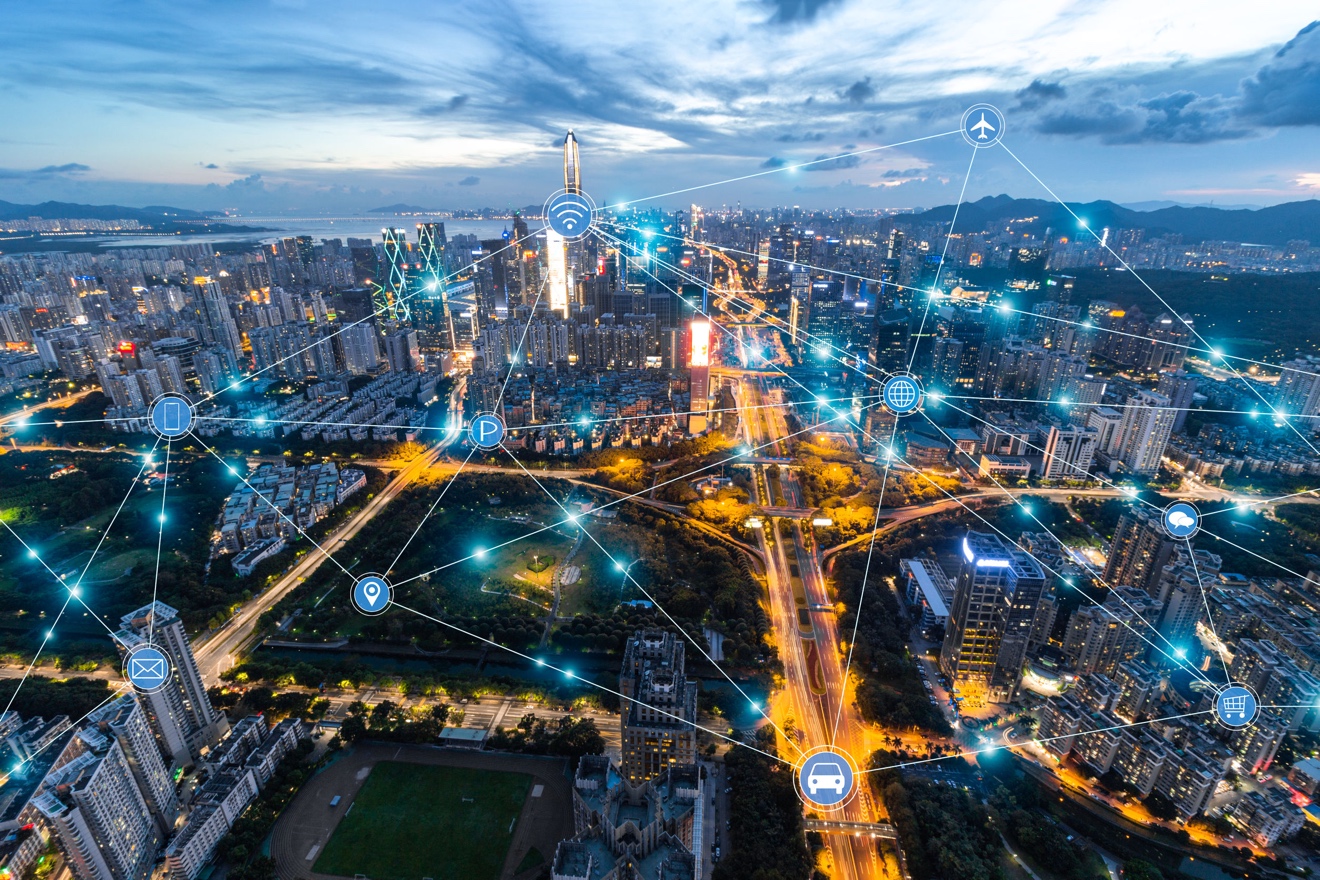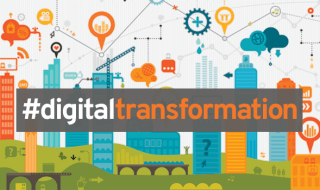5G is the digital communications technology that is set to transform the world over the course of the next decade. It means faster connections to the internet, with much bigger bandwidth and almost no latency. This gives it the potential to not just improve existing services, such as video calls and online streaming, but also makes the internet of things (IoT) possible, opening the door to a fully-connected world of driverless cars, smart cities, automated factories and so much more.
What is 5G?

5G stands for fifth generation, and is the successor to the 4G networks and communications technology that represent the current state of the art. When 4G was introduced, just a few years ago, it was a major step forward in terms of what was possible online, especially with mobile devices. Streaming a high-definition live TV show to your phone while commuting? That was made possible by 4G. 5G isn’t just a similar improvement, it represents perhaps the biggest data revolution since the internet was invented.
How 5G works
Essentially 5G massively expands the available bandwidth spectrum, using a wider range of radio frequencies, both lower and higher than existing networking technology. Among other things, this means that more connected devices can be used within the same geographical area. With 4G the amount of devices that can connect to the internet within a square kilometer is about 4000. After that, congestion sets in, so even though you have a signal you can’t connect. With 5G, the number of devices that can be connected is roughly one million, or 250 times the amount.
For the general public, that means no congestion or competition for services like streaming, Zoom and Skype calls, downloads and online gaming. It also means an end to buffering, broken or slow connections, and poor resolution. If you’re at an online casino using your no deposit bonus codes in NJ this could make all the difference, as real money games often hinge on speed and accuracy.
Smart cities
Personal use of 5G is just the beginning. The really revolutionary changes will come in how the technology enables the internet of things, artificial intelligence (AI) and the rise of smart cities that will provide a much more responsive and tailored infrastructure for our daily lives. 5G will allow the deployment of millions of low-energy use, long-lasting sensors that will communicate data constantly and instantly to other devices across the city.
In real terms, this will mean things like street lighting, traffic lights and sewer gates will respond to their environment in real time, providing greater efficiency and saving money. Managed power usage and traffic flow could save hundreds of billions of dollars of taxpayer’s money, while making city streets safer, less congested and with better air quality. We’ll certainly be able to get around faster as a result.
Driverless cars
5G is also essential in making driverless cars a reality. For this technology to work safely, the cars need to be able to communicate with each other, with traffic lights, with road signs and with the actual highway instantaneously. 5G and smart city sensors can make this happen, and the result should be safer roads and less pollution.
It’s estimated that 94% of traffic accidents are caused by human error. A switch to driverless cars should massively cut the number of road deaths and injuries. It will also mean lower levels of automobile ownership, as driverless cars will be available on demand. Driverless cars could lead to 60% fewer cars on the road, and 80% lower exhaust emissions, too.
Industry and agriculture
Supply chains of the future will be fully trackable in real time thanks to 5G, while robot technology will take over dangerous and repetitive jobs in factories and in the fields, perhaps controlled by skilled operatives at a distance. In agriculture, soil sensors and airborne cameras will be able to identify crop disease and determine when it’s time to water crops or use pesticides. Being able to remotely and reliably control complex machinery from a distance will be a huge advantage in mining and emergency services work.
Medicine
Telemedicine should make waiting for an appointment a thing of the past, as wearable devices and implants track your body’s levels and vital signals, relaying them instantly back to an AI that analyses them and will take action if anything is out of order. You’ll be able to contact the AI for consultations or speak to your GP via a video call. They’ll be able to carry out tests and advise you remotely, with prescriptions delivered to your door via drone.
If surgery is needed, this may be carried out remotely too. Of course, you’ll go into hospital, but specialist surgeons in other areas could carry out the operation using robot technology and a 5G connection.
It may take several years before all of this is a reality. But 5G is already here and the infrastructure is starting to be rolled out. Life could get a lot faster very soon.



